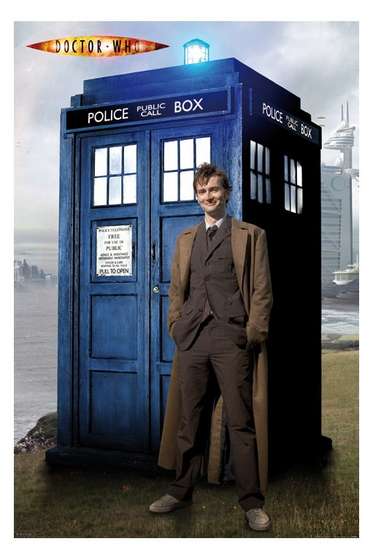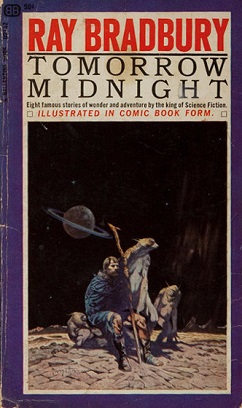I was first epxosed to the work of SF writer Jack Vance in the Canadian groundlevel SF title Andromeda #4, edited by Dean Motter.
I must apologize for not having the foresight to scan my copy of the cover for this post. You're denied the lovely wraparound cover!But here's half the image...
The title also featured stories by A.E. van Vogt and James Tiptree, who we came to know as Alice Sheldon before her tragic suicide.
At any rate, Andromeda was one of a handful of ambitious and mostly successful titles in the groundlevel movement of the 1970s and 1980s.
I had no idea what to expect when I picked up this issue; I'd been buying the series and elected to stick with it. What I found- well, here's a synopsis from an Amazon review:
"The Narrow Land" (1967): Ern the crested water baby, having hatched from an egg, must try to find his way in a strange world, consisting of a strip of land and sea bordered by a wall of storm and a wall of night. Unusual for Vance in that the protagonist is not human.
The elaborate world and flowing language blew me away. I resolved to read more Vance but let it slip.
Don't pelt me with rocks and garbage. I'll get there. I just finished Cornell Woolrich's The Bride Wore Black, which has been on my list just as long!
I was both pleased and curious to see this new adaptation of a Vance work on the shelves at The Source in St. Paul. Being a poor woman, I got it from the library.
And I was enthralled with what I read and saw.
A murder mystery set on a world bound by a strict caste system, the story is compelling. Our hero is tasked with solving the murder without violating the complex social taboos of the society into which he is plunged.
The caste is twofold. The status of an individual is set by the mask worn and by the instrument played. Each has a specific meaning and the violation of either or both is an offense of the highest order.
Here are some of the instruments and their meanings:
And some exposition showing the tension of the writing:
Moon Moth is one the masks worn by the offworlder as he tries to solve the mystery and bring the killer to justice.
It's a very clever device. How can you know for whom you search when everyone is masked? Similar to the telepathic device in Alfred Bester's The Demolished Man in some respects....
Illustrator Humayoun Ibrahim brings a wonderful blend of pragmatism and imagination to his storytelling. A BFA graduate of School of Visual Arts, this is his first mainstream professional work. His work shows infulences of classic SF illustration, notably the work of Frank R. Paul. His next book, Decelerate Blue, is due out in September 2013.
While this book demands attention of the reader, if the reader engages, it's more than worth it.
This spread offers more exposition on the structure of the societal structure of the planet Sirene, our setting. There's a nice empathetic device here- the protagonist struggles to learn the elusive system as the readers do.
The publisher, First Second, is the graphic novel imprint of Macmillan, and offers a wide range of stories. Many of their titles are aimed at younger readers, but they also include some Eddie Campbell works in their catalog, along with the collected edition of Sailor Twain, listed in last year's Best of...series.
I hope more Vance adaptations are forthcoming. This is quality work in every way. And the only credited author is Vance himself. Though 97 years of age(!), Mr. Vance is still with us, and may well be the last surviving Grand Master from the Golden Age of Science Fiction (I consider Harlan Ellison to be a Silver Age or New Wave author, depending on which set of arbitrary terms you choose to use).
But I digress yet again. This is a fulfilling, challenging read, illustrated with panache and great control, well worthwhile.
Tomorrow, No. 2 in the Best of 2012, high adventure from the Old West, finally given its due!





.jpg)









